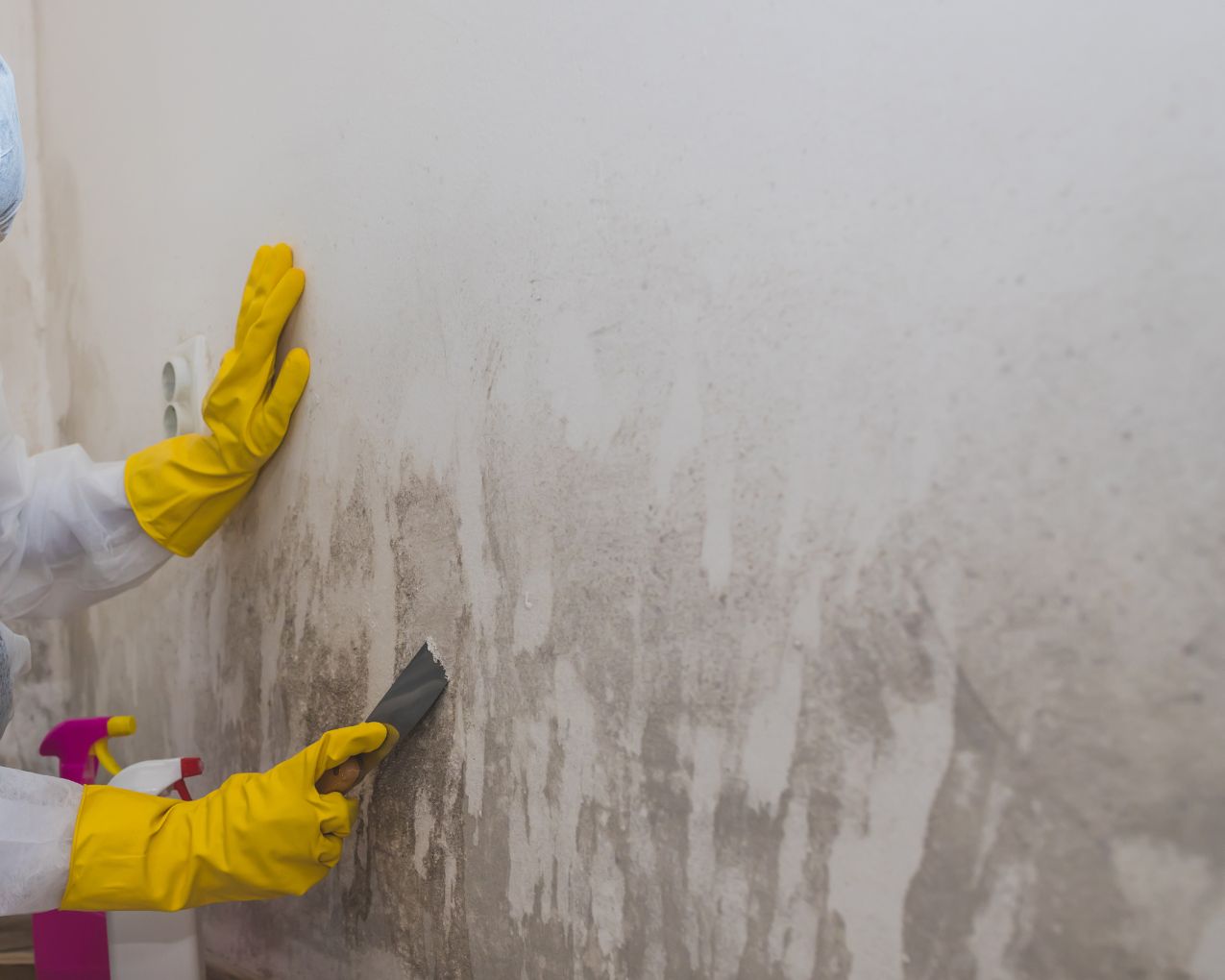Mold is more than just an unsightly nuisance—it can pose serious health risks and cause long-term damage to your property. If you’ve discovered mold in your home or business, you may be wondering what mold remediation involves, when it’s required, how much it costs, and who’s responsible for covering those expenses. In this guide, we break it all down so you can make informed decisions.
What Is Mold Remediation?
Mold remediation is the process of identifying, containing, removing, and treating mold-contaminated areas in a structure. Unlike simple mold cleaning, remediation addresses the root cause—typically moisture or water damage—to ensure the mold does not return. The goal is to restore safe, healthy indoor air quality and prevent further damage to your home or building.
A typical mold remediation process includes:
– Inspection & Testing: Identifying the presence, type, and extent of mold contamination.
– Containment & Safety Measures: Isolating affected areas to prevent the spread of mold spores.
– Mold Removal & Cleaning: Removing contaminated materials and cleaning surfaces with antimicrobial treatments.
– Moisture Control: Fixing leaks and using dehumidifiers or drying equipment to eliminate excess moisture.
– Post-Remediation Testing: Ensuring the space is mold-free and safe for reoccupation.
When Is Mold Remediation Required?
Mold remediation is typically required when:
– Mold covers more than 10 square feet (as recommended by the EPA)
– Mold is found in HVAC systems or behind walls and floors
– You or your family are experiencing respiratory symptoms, allergies, or unexplained health issues
– You’re preparing to sell or rent a property and mold is discovered during inspection
– There’s been a water leak, flooding, or ongoing humidity problem
Even small amounts of mold can indicate a deeper issue, so professional assessment is key when mold is visible or suspected.
How Much Does Mold Remediation Cost?
The cost of mold remediation varies widely based on several factors, including:
– The size of the affected area
– The type of mold present
– The location (e.g., basement, crawl space, attic, HVAC)
– Whether materials need to be removed and replaced
– If testing and post-remediation verification are required
For an accurate estimate, it’s best to schedule a mold inspection with a certified remediation company.
Who Pays for Mold Remediation?
When it comes to the payment for mold remediation work, you have some options depending on your specific scenario.
Homeowners Insurance: In some cases, homeowners insurance may cover mold remediation—but only if the mold was caused by a “covered peril,” such as a sudden burst pipe or storm damage. Mold caused by long-term neglect, poor maintenance, or ongoing leaks is typically not covered.
Landlord vs. Tenant Responsibilities: In rental properties, landlords are generally responsible for mold remediation, especially if the cause is related to structural issues or plumbing. Tenants may be responsible if the mold resulted from negligence (e.g., failing to report a leak).
Real Estate Transactions: If mold is discovered during a real estate transaction, the seller is usually responsible for remediation before the sale is finalized. However, terms can vary and may be negotiated.
Key Takeaways
Mold remediation is a critical service that ensures your home or business remains safe, healthy, and structurally sound. Whether you’re dealing with visible mold, mysterious health symptoms, or the aftermath of water damage, addressing mold quickly and professionally is key.
If you suspect mold in your property, don’t wait. Contact a certified mold remediation company to schedule an inspection and protect your investment and your well-being.

